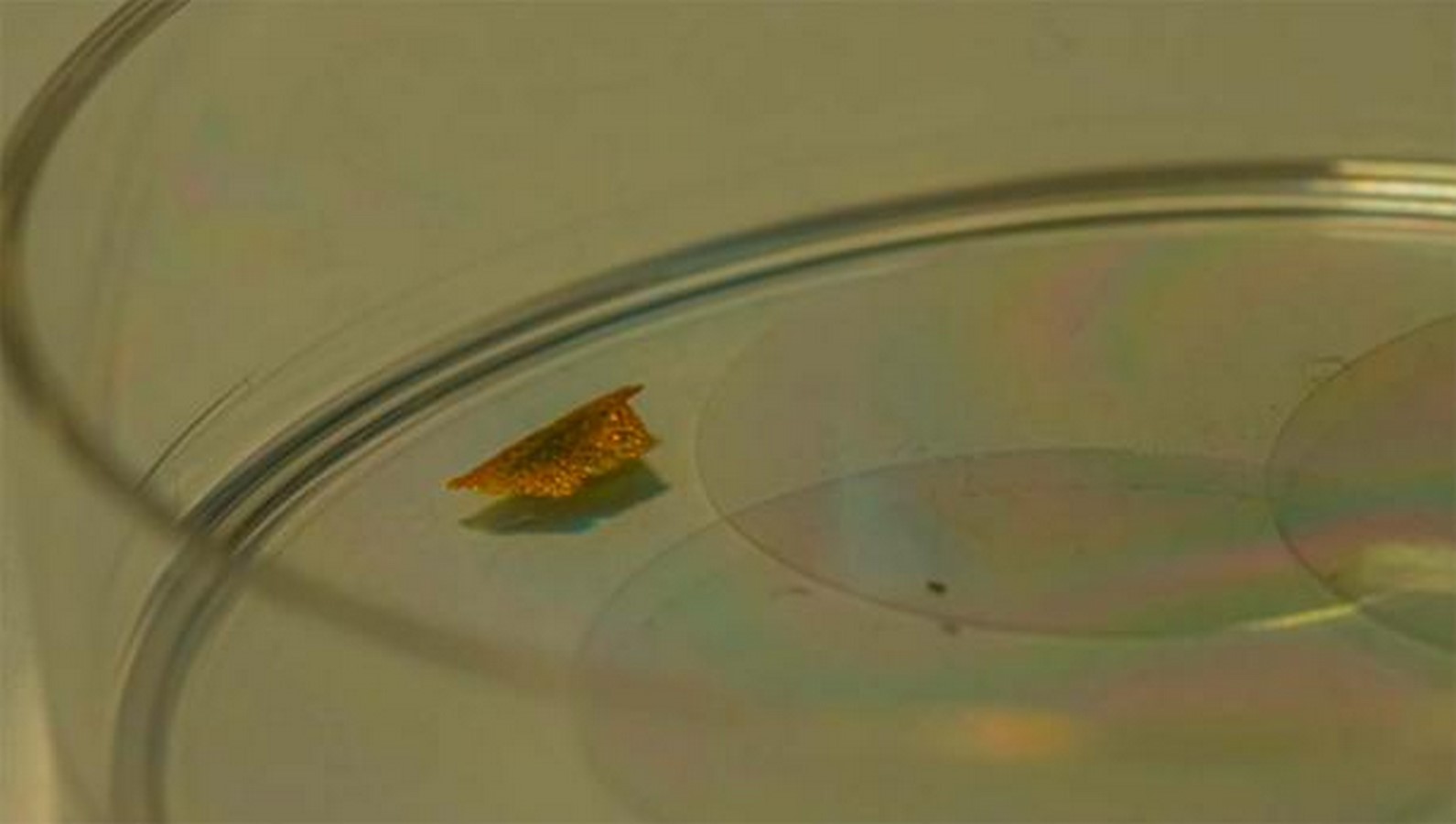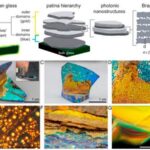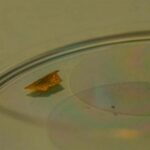An Ancient Metamorphosis
Delicate glass vessels from ancient Rome, intended for various uses including wine and water storage, found themselves buried beneath layers of earth over two millennia ago. Subjected to the ravages of time, these vessels underwent a remarkable transformation, emerging as shards of Roman glass with breathtaking hues ranging from vibrant blues to striking oranges.

The Discovery of “Wow Glass”
Fiorenzo Omenetto, a materials scientist at Tufts University, stumbled upon a shard of this Roman glass during a visit to the Italian Institute of Technology’s Center for Cultural Heritage Technology. Termed “wow glass” for its striking beauty, this fragment, discovered near the ancient city of Aquileia in Italy, became the focus of a groundbreaking study published in the Proceedings of the Natural Academy of Sciences (PNAS).
Nature’s Nanofabrication
Over millennia, the glass molecules underwent a complex metamorphosis, forming photonic crystals—ordered atomic arrangements with the ability to manipulate light. This natural nanofabrication process imbued the glass shards with exquisite optical properties, leading to their reuse in jewelry and display in museums.
Unlocking Nature’s Secrets
Researchers uncovered the intricate atomic and mineral structures formed within the glass, modulated by environmental factors such as pH levels and groundwater fluctuations. Chemical analysis revealed a hierarchical structure of silica layers, resembling reflectors known as ‘Bragg stacks,’ contributing to the glass’s iridescent patina.

A Window into the Past
Dating back to 100 BC to 100 AD, the glass fragment likely originated in Egypt, reflecting the era’s global trade networks. The discovery offers insights into ancient craftsmanship and environmental history, paving the way for innovations in optics and material science.
A Vision for the Future
While the age-old charm of Roman glass remains captivating, researchers envision leveraging its transformative process for modern applications. By understanding and accelerating this natural nanofabrication, they aim to revolutionize the production of optical materials and gain deeper insights into the earth’s ever-changing landscapes.
Unveiling Nature’s Masterpiece
As shards of Roman glass continue to enrich our understanding of ancient civilizations, they serve as timeless reminders of nature’s unparalleled creativity and the enduring legacy of human ingenuity.





















